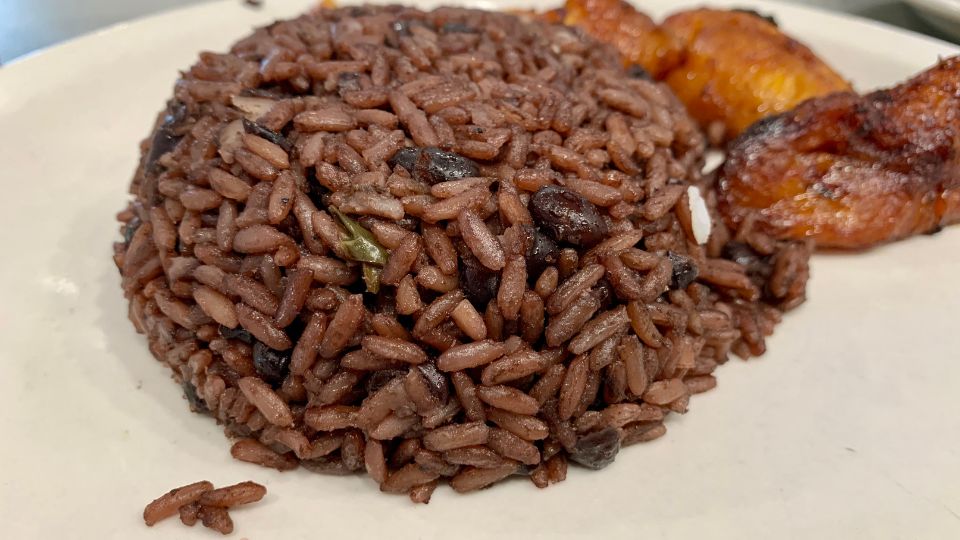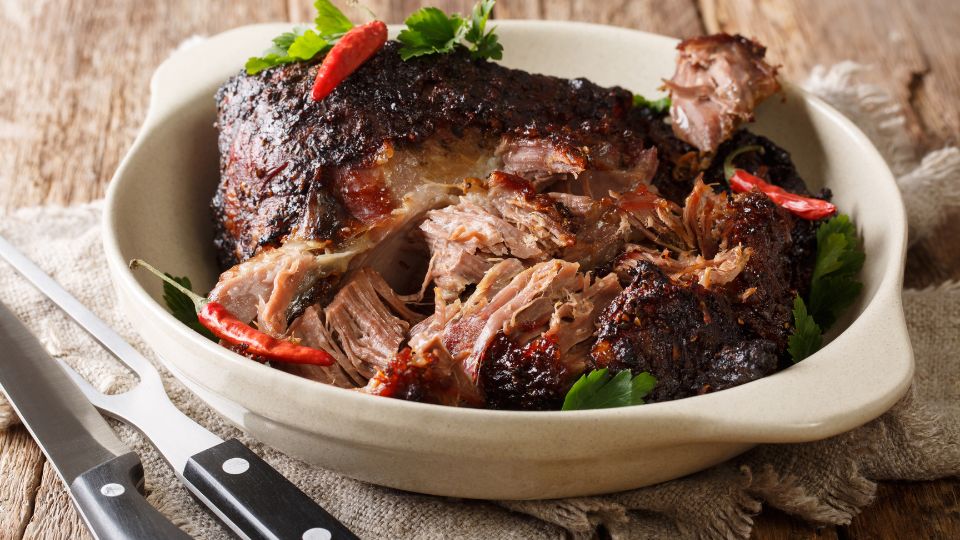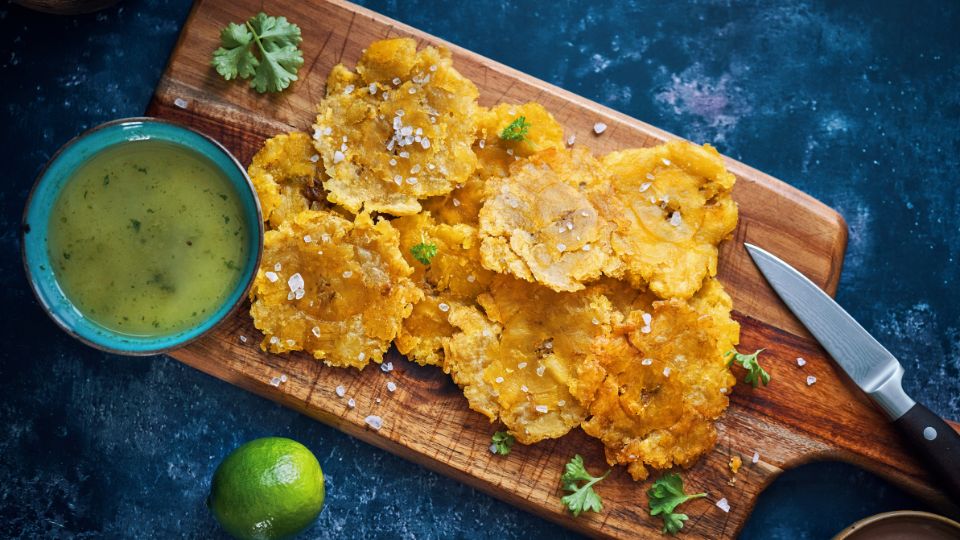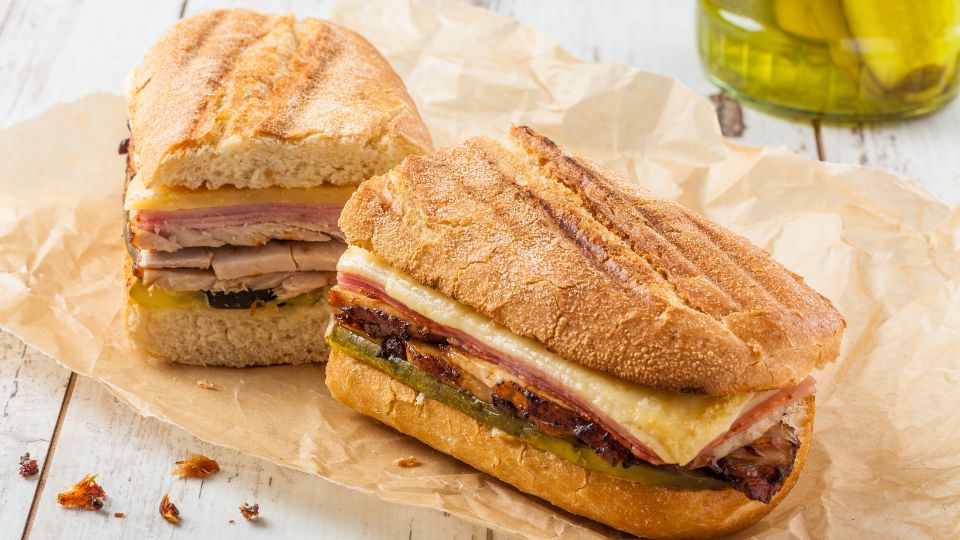Have you ever dived into the world of Cuban cuisine? It’s a fascinating culinary journey marked by diverse influences and vibrant flavors. In this article, we’ll explore how Cuban cuisine evolved and delve into some of its signature dishes. Buckle up, food lovers, we’re in for a flavor ride!
Introduction to Cuban Cuisine
Influences and Evolution
Cuban cuisine, like the island’s culture, is a melting pot of influences from its indigenous people, Spanish colonizers, and African slaves. Over the centuries, these influences have created a distinct culinary tradition that stands out in the Caribbean.
Unique Characteristics
Unearthing the unique characteristics of Cuban cuisine is like peeling an onion. As you peel back each layer, you encounter an even more intriguing element, creating a symphony of flavors that delights the palate.
1. Balance of Flavors: One distinctive feature of Cuban cuisine is its balance of flavors. The dishes often strike a perfect harmony between sweet and savory, with the liberal use of tropical fruits like mango and pineapple contrasting beautifully with hearty meats and spices.
2. Humble Ingredients: At the heart of Cuban cuisine are humble, accessible ingredients. Rice, beans, pork, chicken, and an assortment of tropical fruits and root vegetables are the staples. These ingredients are often cooked simply, yet the outcome is always flavorful and satisfying.
3. Use of Spices: Unlike some of its Caribbean neighbors, Cuban cuisine isn’t typically spicy. Instead, it is marked by the robust use of spices like cumin, oregano, bay leaves, and garlic. These spices create a depth of flavor without overwhelming the taste buds.
4. Marination: Marination is an integral part of Cuban cooking, especially when preparing meats. The use of ‘mojo’, a marinade made of garlic, citrus juice (often sour orange), and spices, imparts a burst of flavor to meats and poultry.
5. One-pot Wonders: Many Cuban dishes are slow-cooked, often in one pot. This cooking method allows the flavors to meld together over time, resulting in dishes that are hearty, comforting, and deeply flavorful.
6. Love for Starchy Sides: Cuba’s love for starchy sides is evident in its cuisine. Plantains, yucca, malanga, and potatoes often accompany the main dishes, either boiled, mashed, or fried.
7. Coffee Culture: Last but not least, Cuban coffee culture is a unique characteristic that deserves a mention. Strong, sweet espresso-based coffees like ‘cafe Cubano’ and ‘cortado’ are popular and play a significant role in social and daily life.
This wonderful combination of flavors, ingredients, and cooking techniques makes Cuban cuisine unique, making it an unforgettable culinary experience for those lucky enough to taste it.
The Roots of Cuban Cuisine
Indigenous Influence
The roots of Cuban cuisine begin with its indigenous people – the Taíno. They introduced corn, yucca, sweet potatoes, and tropical fruits, which remain fundamental to the cuisine today.
Spanish Influence
With the arrival of Spanish colonizers came new cooking techniques and ingredients such as rice, citrus fruits, and a variety of livestock, enriching the culinary landscape of the island.
African Influence
The African influence on Cuban cuisine is profound. Slaves brought over by the Spanish introduced techniques like frying and ingredients like okra and plantains, enhancing the flavor palette.
Signature Dishes in Cuban Cuisine
Each cuisine has its crowning jewels, dishes that capture its essence and linger in memory long after the last bite. Cuban cuisine is no exception. Here are some expanded descriptions of its signature dishes.
Ropa Vieja
An iconic Cuban dish, Ropa Vieja, translates to “old clothes”. This may not sound appetizing, but it’s a testament to the dish’s unique appearance, which resembles tattered, colorful clothing. Ropa Vieja is a flavorful stew made from shredded beef that’s been slow-cooked in a rich, vibrant tomato-based sauce brimming with onions, bell peppers, garlic, and a blend of spices. The beef, cooked until it’s meltingly tender, is then pulled apart, mimicking the look of shredded fabric. This dish is traditionally served with white rice, letting the dynamic flavors of the stew shine through.
Moros y Cristianos

Moros y Cristianos, or “Moors and Christians”, is a classic Cuban dish and a daily staple for many Cubans. This dish is a deceptively simple blend of black beans and rice, but its preparation and flavors are anything but ordinary. The black beans are usually simmered with garlic, onions, bell peppers, cumin, and bay leaves until they become tender and flavorful. The beans and their broth are then combined with white rice, resulting in a dish that’s satisfying, nutritious, and brimming with flavor. The name “Moors and Christians” symbolizes the black beans (Moors) and white rice (Christians), a playful nod to the country’s historical Spanish influences.
Lechon Asado

In Cuba, celebrations and special occasions often feature Lechon Asado, a whole roasted pig. This dish is a marvel of Cuban cuisine, demonstrating the love for pork and the mastery of marination and slow-roasting. The pig is marinated in a mixture of garlic, citrus juices, and a blend of spices, including oregano and cumin, then slow-roasted until the meat is succulent and tender, and the skin turns into a crispy, golden crust. The result is a festive dish with an irresistible aroma and an unforgettable flavor.
Tostones

Tostones are a testament to Cuba’s love for plantains and the African influences in its cuisine. These are green plantains, peeled, sliced, and twice-fried to golden perfection. The first fry softens the plantains, and they are then flattened and fried again until crispy. Tostones have a delightful crunch on the outside and a soft, slightly sweet interior, making them a perfect snack or a side dish. They’re usually enjoyed with a sprinkle of salt or a dip like Mojo, a garlicky citrus sauce.
Picadillo

Picadillo is another beloved Cuban dish. At its core, it’s a hearty stew of ground beef simmered in a tomato-based sauce. But the Cuban version takes it to a whole new level with the addition of olives, capers, and raisins, creating a delightful balance of savory, salty, and sweet. A fragrant blend of spices like cumin, oregano, and bay leaves adds depth to the dish. Served with rice, Picadillo is a humble yet deeply satisfying dish that beautifully represents the spirit of Cuban cuisine.
Cuban Street Food
Street food is a crucial part of any culture, reflecting the daily life, habits, and soul of a nation’s people. The street food scene in Cuba is vibrant and diverse, offering visitors a chance to experience authentic Cuban flavors. Here’s an expanded take on two popular Cuban street foods.
Empanadas
Empanadas are a true gem in the world of Cuban street food. These little pockets of joy are made by folding dough over a variety of fillings and then frying or baking until golden and crispy. Fillings can range from seasoned meats like chicken or beef to cheese, or even fruit fillings for a sweet twist. The end product is a portable, convenient, and immensely satisfying snack. When you bite into a Cuban empanada, you experience the contrast of the flaky, crunchy pastry against the tender, flavorful filling inside, making it a memorable part of the Cuban culinary experience. They’re commonly enjoyed on the go, at any time of day.
Cuban Sandwich

The Cuban Sandwich, known as a “Cubano,” is one of the most famous exports of Cuban cuisine. This sandwich is a beautiful testament to the blend of cultures that influence Cuban cuisine. Originating in cafes catering to Cuban workers in Florida, the Cubano is a towering creation stacked with ham, roasted pork, Swiss cheese, pickles, and mustard, all tucked inside a Cuban bread roll. The sandwich is then pressed and grilled until the cheese is melted, and the bread is toasted to crispy perfection. Each bite of a Cubano offers a mouthful of flavors and textures – the salty ham, the rich roast pork, the tangy pickles, the sharp mustard, and the gooey cheese, all encased in the crunchy bread. The Cuban Sandwich is a hearty and delicious representation of Cuban street food, offering a taste adventure that’s not to be missed.
Cuban Desserts
Flan

Flan, a creamy caramel custard, is a dessert beloved not just in Cuba but across Latin America. It’s the perfect sweet ending to a Cuban meal.
Arroz Con Leche

Arroz Con Leche, or rice pudding, is another cherished dessert. This comforting bowl of creamy rice scented with cinnamon is a taste of Cuban nostalgia.
The Future of Cuban Cuisine
As Cuban cuisine continues to evolve, it embraces new influences while preserving its traditional roots. It’s a gastronomic journey that tells the story of its people, their history, and their cultural identity.
Conclusion
Cuban cuisine is a testament to the island’s history, its diverse influences, and the resilience of its people. From hearty stews to sweet desserts, every dish tells a story. So, the next time you find yourself in front of a plate of Ropa Vieja or biting into a Cuban sandwich, remember, you’re not just savoring food – you’re tasting a piece of Cuban history.
FAQs
1. What is the national dish of Cuba?
Ropa Vieja is considered the national dish of Cuba.
2. What are common ingredients in Cuban cuisine?
Common ingredients include rice, beans, pork, plantains, and a variety of tropical fruits.
3. Is Cuban cuisine spicy?
Contrary to many Caribbean cuisines, Cuban food is not typically spicy. It’s more about robust flavors and balance.
4. What’s a typical Cuban breakfast?
A typical Cuban breakfast might include cafe con leche (coffee with milk) served with tostada (grilled bread).
5. What’s a popular Cuban drink?
The Mojito, a refreshing cocktail made with rum, lime, mint, sugar, and soda water, is a popular Cuban drink.
6. Is Cuban food spicy?
Cuban cuisine isn’t typically spicy. Instead, it is marked by the robust use of spices.

